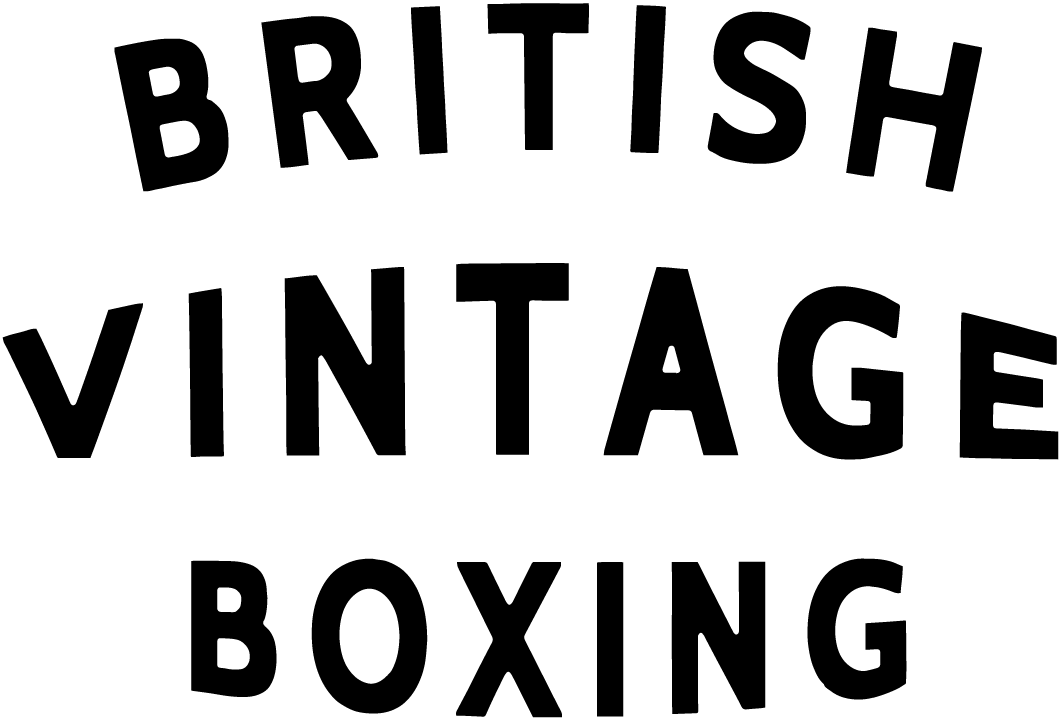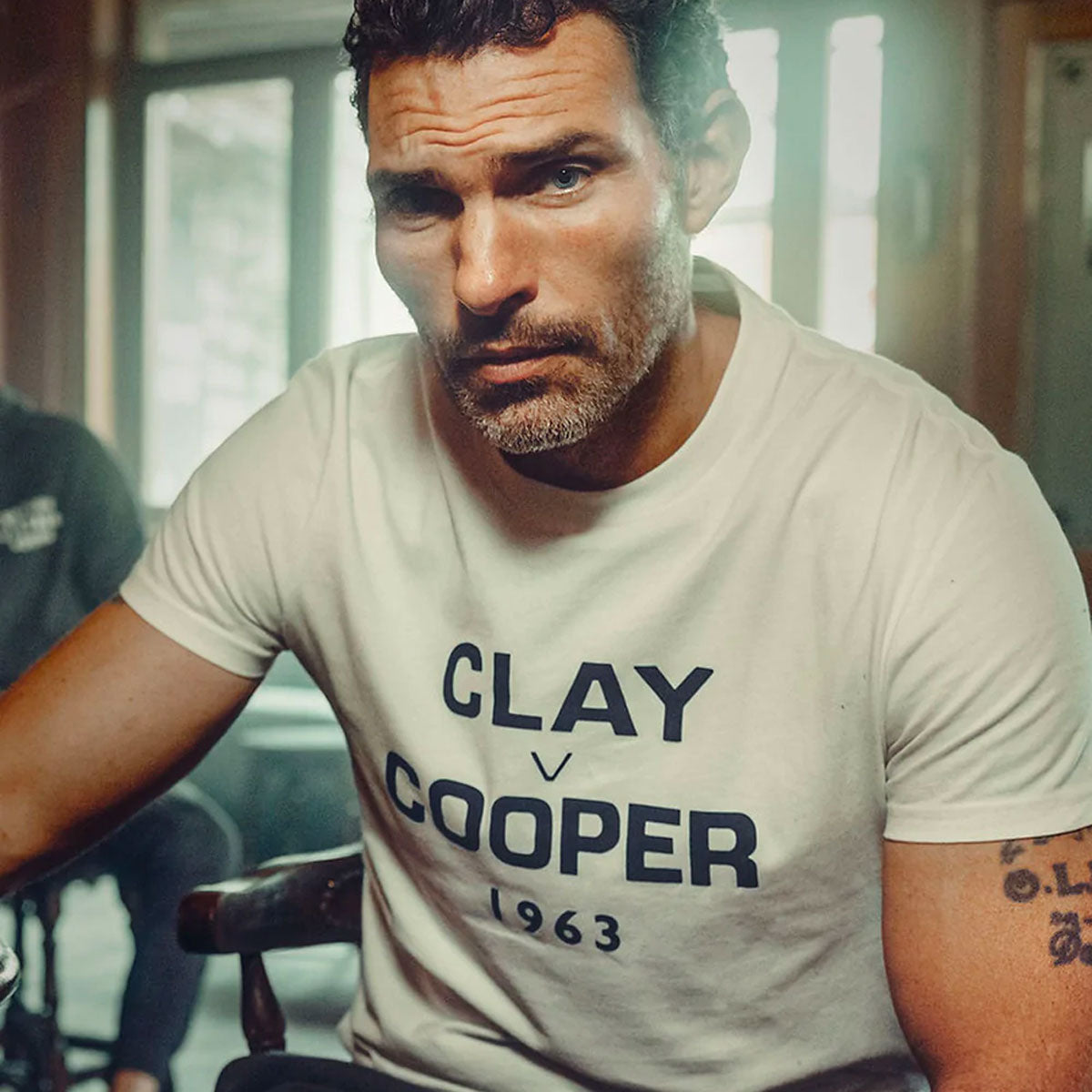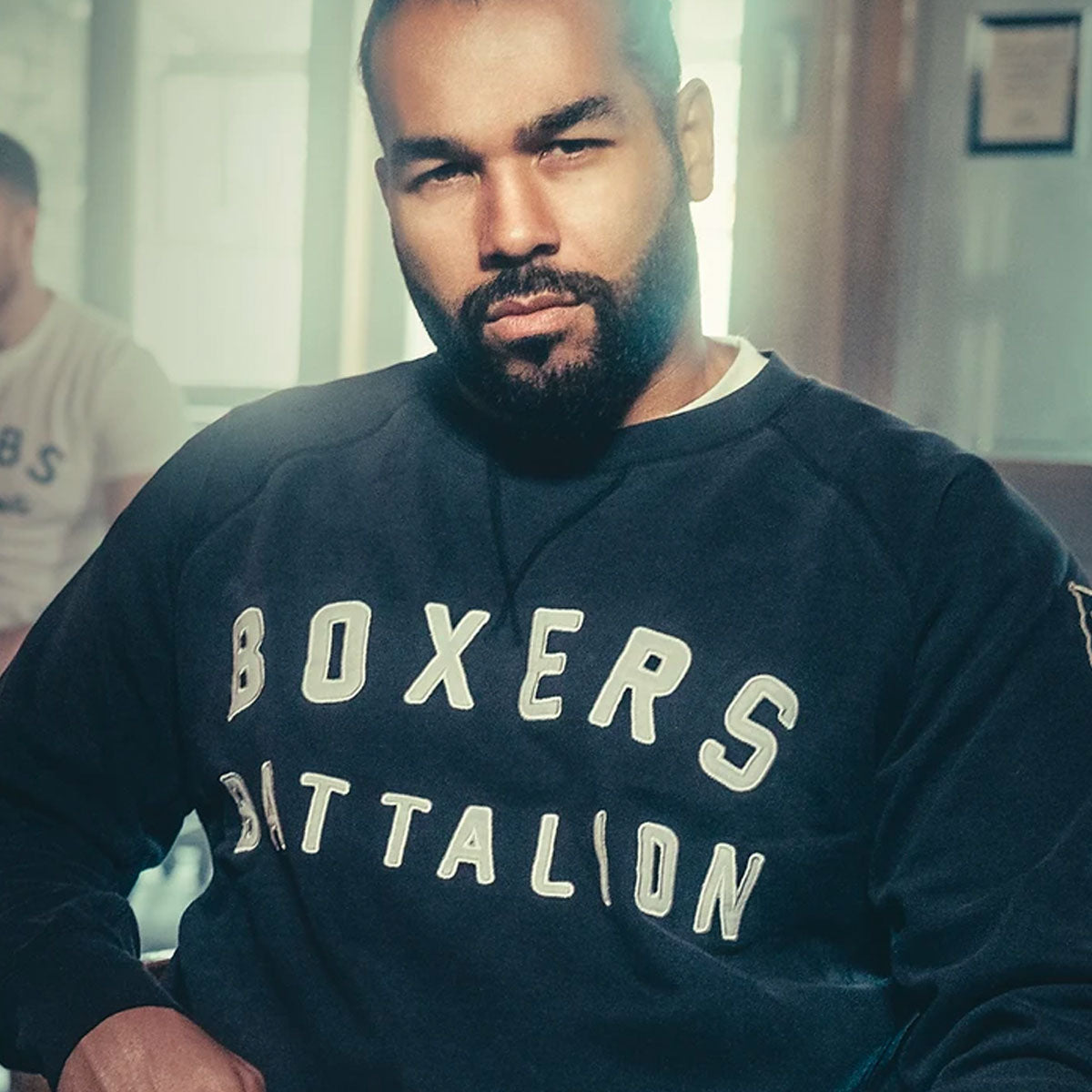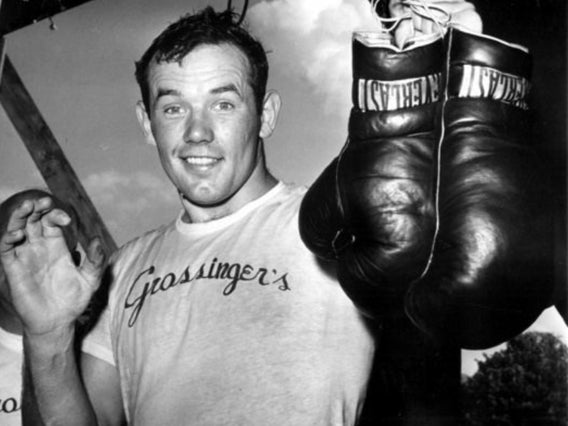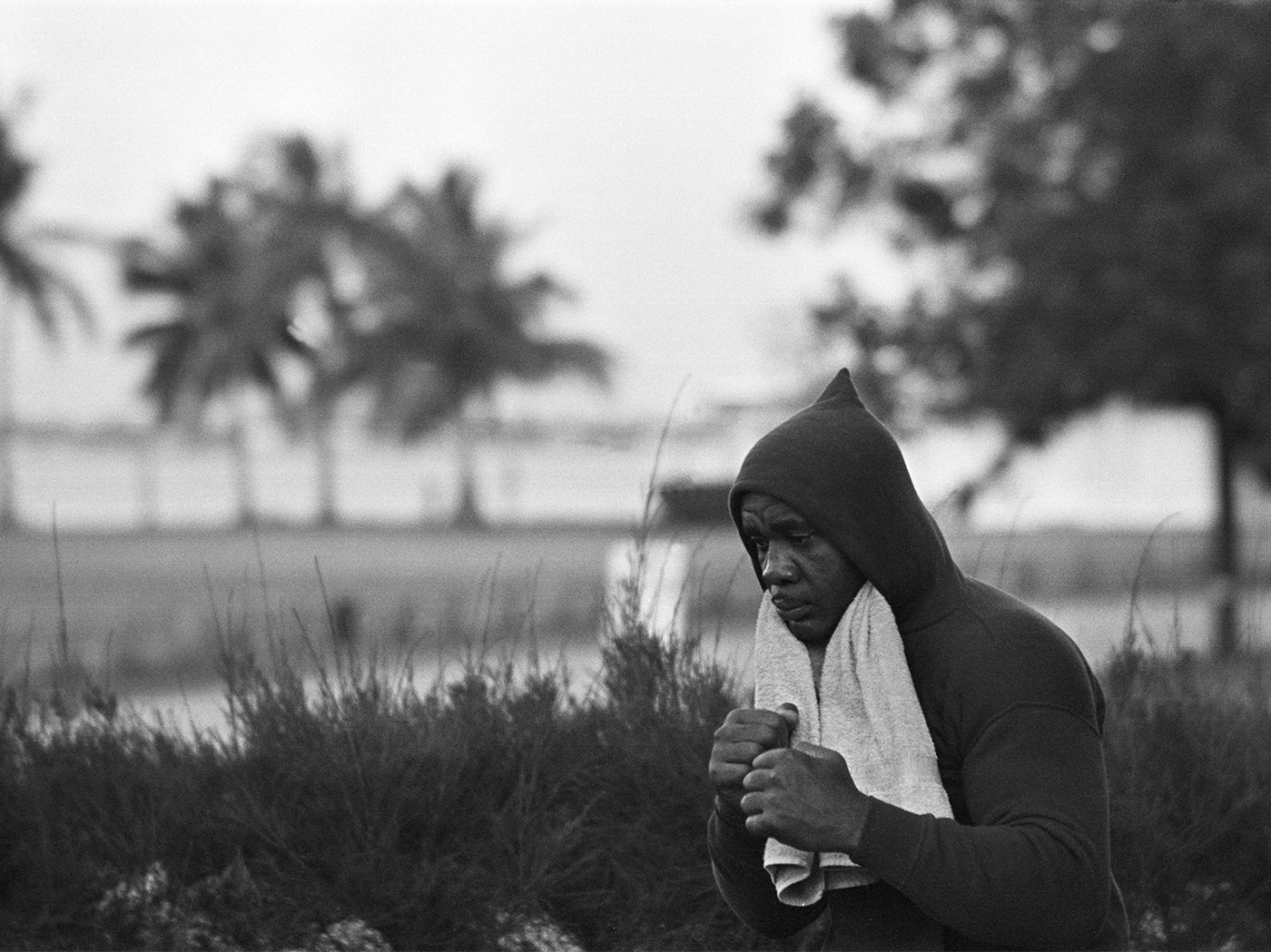By Paul Zanon
Boxing News, July 1959

Sweden’s world heavyweight champion was born in Gothenburg on 22 September 1932. Son to Jens August Johansson and Ebba Matilda Amalia Karlsson, Jens Ingemar Johansson cut his teeth at Redbergslid’s Boxing Club at the age of 14. The following year he left school, started working in the jewellery trade as a stone setter’s assistant, whilst also working as a porter on the harbour unloading goods from moored vessels for Edwin Ahlqvist, who would be pivotal in Johansson’s professional career at a later date.
At just 16 years of age he had already matured into a heavyweight boxer and between 1948-1952, he clocked up 61 victories in 71 amateur contests. Popular for his performance in the square ring, with his dimple chin and film star good looks, Johnasson also became a hit with the ladies. By 1949, at the age of 17 he had already fathered two children, however, he was in no position to raise them and was forced to put the kids up for adoption. The year after, aged 18 he married Barbara Abramson, but divorced shortly after the ink had dried on the marriage certificate. Within a matter of months he fathered his third child. Ingo’s reputation for being a ladies man certainly didn’t waiver and his stable of illegitimate children was up to five (from five different mothers), before his twentieth birthday. Despite meeting his future wife Birgit Lundgren in 1954, they didn’t marry until 1962. In the meantime, Ingo exercised his playboy lifestyle having a long list of affairs with some of the world’s most beautiful women, including Elizabeth Taylor.
Back to the boxing. On 3 March 1952, Johansson knocked out Gert Schyllert in the first round of the heavyweight final of the Swedish National Amateur Boxing Championships. In essence, this was his pass to the Olympics in Helsinki four months later.
It’s common knowledge that Johansson won silver at the 1952 Olympics, however, his route to gaining the medal was a strange one. After beating three Finns in the preliminary rounds (Horymir Netuka, Tomo Krizmanic and Iikka Koski), Johansson lost to American to Ed Sanders in the final after being disqualified for being too passive. Ingo claimed he was boxing to his corner’s instructions, staying on the back foot in order to make Sanders walk into counter shots, but the problem was that Sanders was also a counter puncher and the fight turned into a stinker. The officials didn’t buy Johansson’s story and despite Sanders being warned for the same tactics, he was declared the winner while Ingo was disqualified and had his medal withheld. Johansson had to wait 30 years before he was finally presented with the piece in 1982.

Finishing on such a deflated note made Johansson consider walking away from the sport for good, but thankfully, Edwin Ahlquist, who was better known for his prominence in construction and sports magazine publishing sectors, managed to convince Johansson to turn professional.
A few months after the Olympics, Johansson turned professional on 5 December 1952 at the age 20, taking on Frenchman Robert Masson in Ingo’s beloved hometown of Gothenburg. After four of eight scheduled rounds Johansson knocked out Masson, who was ranked in the top five French heavyweights at the time. Within three months, Johansson had a record of 3-0 and on 12 March 1953 challenged Danish born Erik Jensen for the Scandinavian heavyweight title in Copenhagen.
Despite his best efforts to stop Jensen, which included a knockdown, Johansson had to last the distance, due to breaking his right hand. Thankfully, he won a comfortable points decision over six rounds, which has to be one of the shortest round allocations for a professional national title fight.
Gothenburg’s favourite fighting son only competed twice more between 1953-54 due to military service in the Swedish Navy. When he jumped back in the ring in January 1955, he soon started to rack up victories and by 28 August 1955, Johansson was undefeated in 11 fights, landing him a fight with the former European heavyweight champion Hein Ten Hoff. Despite outweighing Johansson by almost 30lbs and having a three inch height advantage, Ingo knocked him out in precisely one minute of the opening round.
Six months later he beat tough Jamaican Joe Bygraves followed by Hans Friedrich seven weeks later. With an unbeaten record of 14-0, Johansson had earned himself the right to challenge the European Heavyweight champion, Franco Cavicchi. Having only ventured out of Sweden once as a professional, Johansson had to enter the lion’s den and challenge The Emilian Bull on 30 September 1956 at the Stadio Comunale, in Cavicchi’s hometown of Bologna.
The pair were well matched. They shared the same height, with Cavicchi weighing only 5lbs more, but looking like he was made of marble. After 12 hard fought rounds, Johansson knocked out the tough Italian in the thirteenth session and in doing so was crowned the new heavyweight king of Europe.
Johansson’s first defence of his newly acquired strap was against nonother than our very own Henry Cooper, on 19 May 1957, at the Johanneshov Ice Stadium, Stockholm. Despite a valiant attempt to gain his first piece of silverware, ‘Our Enry,’ was stopped in the fifth session bringing his record to 14-5. Who would have thought he would go on to win the Lonsdale belt outright three times over, in addition to the Commonwealth and European titles?
Ingo defended his European strap against Welshman Joe Erskine on 21 February 1958, but his big breakthrough which propelled him into world title contention came on 14 September 1958, when he took on Californian resident, Eddie Machen. At this point, the American was undefeated in 25 contests, boasting 24 wins including two victories against Joey Maxim and one draw against Zora Foley. Machen was odds on favourite to win, but Johansson had other ideas. In front of almost 54,000 fans (the largest spectator crowd in Sweden’s history at that point), Ingo knocked down Machen three times in the first round, knocking him out in two minutes 16 seconds. The Swede had earned himself the right to fight for the ultimate fistic crown. 
Johansson in training camp for Floyd Patterson
On 26 June 1959, Johansson challenged the sweetheart of boxing, Floyd Patterson for his world heavyweight title. Ingo reportedly clawed in a very respectable $100,000 compared to $300,000 for the champ. Trained by Cus D’Amato, Patterson had beaten Archie Moore for the title in 1956 and had since defended the crown four times against the likes of Pete Rademacher and Brian London. As a relatively inexperienced fighter, Johansson was seen to be the next scalp on Patterson’s list, but the European fighter, similar to Max Schmeling precisely 21 years prior at the same venue, ventured to the Yankee Stadium in the Bronx to cause an upset.
The sell-out event of just under 22,000 spectators attracted some of the biggest names including John Wayne and Bill Holden, who were sat ringside in crisp suits and fedora hats. Wayne was even involved with commentary at one point.
Standing roughly the same height, Johansson at 196lbs outweighed 5-1 favourite Patterson by 14lbs. As the pair entered the third round Ingo was 2-0 behind on two of the judges scorecards. That’s when The Hammer of Thor struck. Shortly into the round Johansson unleashed a left hook followed by a big right which floored Patterson. Despite making the count, he was on unsteady legs and when he got to his feet, Patterson turned away from Johansson looking to his corner. The moment he did, Johansson clubbed him with a left hook, sending the champ to the canvas once again. After a further five knockdowns, the contest was declared over. At precisely two minutes and three seconds of the third round, Sweden had its first world heavyweight world champion and Ingo rightly returned to Sweden to a hero’s welcome. 
Johansson vs Patterson 1959
The rematch was a whole year later on 20 June 1960 at the Polo Grounds, New York. Patterson weighed in 8lbs heavier than the first fight and Johansson a couple of pounds less. Similar to the first encounter, Johansson was pawing with his jab as Patterson bobbed and weaved. Both fighters were looking to land their haymaker, but it was Patterson who achieved the goal first. Halfway through the fifth round Patterson leapt at Johansson with a clubbing left hook, which landed with devastating force on the Swede’s jaw. Ingo was out cold before he hit the canvas and as he lay there, his left foot started twitching uncontrollably. It took the Swede 15 minutes to fully regain his senses. Patterson in the meantime had just made history by being the first man to regain the world heavyweight title.

Johansson vs Patterson 2 1960
The rubber match happened on 13 March 1961 at the Convention Centre, Miami Beach. Johansson received a great deal of criticism for not looking in peak condition for the fight, showing more love to the contents of the kitchen than the discipline required in his training camp. He did however spar with an up and coming fighter by the name of Cassius Clay, albeit the 19 year old braggadocio was the one impressing the onlookers by all accounts.
Before the fight started, the ominous figure of Sonny Liston stepped into the ring and was introduced to the crowds as the leading heavyweight contender. With a beaming smile on his face he walked over to Patterson’s corner and wished him the best of luck. Next up was Max Schmeling who receive a mixed reception of applause and boos, followed by Joe Louis and Rocky Marciano. Interestingly, Marciano was ringside when Johansson won the title and believed he could beat Ingo. The Rock went into secret training but quickly realised he would not be able to regain his previous form and hung up the idea of coming out of retirement.

Cassius Clay and Johansson
After exchanging jabs for about a minute, Johansson unloaded a lead right hand, also known as ‘Ingo’s Bingo,’ which floored Patterson. The champion was not dazed like the first fight and came back trading punches. However, after about 30 seconds he succumbed to a right left combination which sent him to the canvas again for the eight count. About 15 seconds later Patterson detonated his own straight right and reversed the script, putting Johansson on the seat of his pants. Not a bad opening round for those in attendance.
By round six, both fighters looked tired, with Patterson’s left eye nicely swollen. With about 30 seconds of the round to go, Patterson unloaded two clubbing right hooks to Johansson’s temple which rendered him incapable of beating the 10 count.
Patterson would go on to fight for a further 11 years, engaging with some of boxing’s most credible heavyweights of all time. Johansson on the other hand returned to Sweden for his last four fights, which in all fairness to him, were not walkovers. On 9 February 1962 Johansson stopped Joe Bygraves in seven rounds, followed two months later with a five round demolition of the Dutch heavyweight champion, Wim Snoek. Eight weeks later Ingo challenged European heavyweight champion Dick Richardson stopping the Brit in eight rounds making him a two-time European champion. Johansson’s swan song was against Brian London. Despite suffering a heavy knockdown in the dying seconds of the final round, Ingo was saved by the bell and very comfortably outpointed London over 12 rounds in Gothenburg.
Sonny Liston was now the reigning world heavyweight champion and Johansson was in line for a title shot. Whether it be the right hand from London which acted as the wakeup call or he had fallen out of love with the sport, Johansson, aged 30 years old, hung up the gloves and never looked back. In an 11 year career he only lost twice in 28 fights, gained Olympics plaudits as an amateur and is still to this day Sweden’s only ever heavyweight world boxing champion. Part of that reason is due to Sweden banning professional boxing on 1 January 1970, citing risk to life from incoming blows as their rationale. Pro fighters from Sweden, such as European heavyweight champion Anders Ecklund were consequently forced to fight abroad for their whole career. The ban was semi-lifted in 2006, but the pro game still has wide resistance in Sweden.
Despite punching holes in each other in the ring, Johansson and Patterson became lifelong friends, making regular visits to each other on both sides of the pond. They attended several boxing conventions together, co-signing memorabilia and fulfilling photo opportunities for fans.
Johansson invested his money wisely in a number of businesses and initially kept a finger in boxing circles, promoting shows in Sweden. Ironically, Sonny Liston featured on four of them between 1966-67.
Johansson’s relationship with his wife came to an end in the late 1960’s. He openly admitted to partying and struggling with fathering duties, so the separation came as no surprise. In search of warmer climes, Johansson moved to Florida in the early 1970’s and in 1979 met Swedish journalist, Edna Alsterlind who had been sent over to cover a feature on the champ. Enamoured by Alsterlind, who was 16 years his junior, Johansson married for the third and final time in 1980.
By 1980 Ingo’s waistline was around 300lbs. Incredibly, despite carrying a rather swollen frame, one of his big passions now was running marathons. In 1981, losing approximately 50lbs, Johansson ran the Stockholm and New York marathons, and by the mid 80’s had clocked up 10 races.
Towards the late 1980’s Johansson moved back to Sweden full time, living with wife Alsterlind in Stockholm. Sadly, Johansson started to display symptoms of Alzheimer’s disease in the mid 90’s and in the coming few years started to deteriorate. In 2003 he was moved to a care home and passed away on 30 January 2009 at 76 years of age. Ray Patterson, attended the funeral because his brother Floyd had passed away in 2006, to the same virulent disease.
Johansson was named Ring Magazine’s fighter of the year in 1958 and 1959, in addition to Sport Illustrated Sportsman of the Year in 1959 and the Boxing Writers Association of America’s Fighter of the Year, also in 1959. In 2002 Ingo was inducted into the International Boxing Hall of Fame and if you want to grab a glimpse of the champ now, a fitting bronze statue of him is on full display outside the Ullevi stadium, Gothenburg. To this day, he remains one of Sweden’s most influential sportspeople.
Paul Zanon, has had 11 books published, with almost all of them reaching the No1 Bestselling spot in their respective categories on Amazon. He has co-hosted boxing shows on Talk Sport, been a pundit on London Live, Boxnation and has contributed to a number of boxing publications, including, Boxing Monthly, The Ring, Daily Sport, Boxing News, Boxing Social, amongst other publications.
